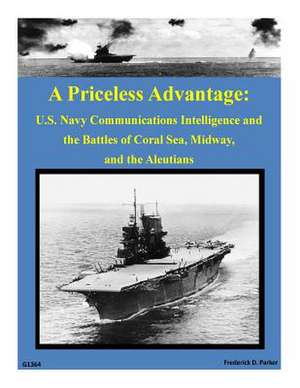A Priceless Advantage
Autor Frederick D. Parkeren Limba Engleză Paperback
| Toate formatele și edițiile | Preț | Express |
|---|---|---|
| Paperback (2) | 87.29 lei 3-5 săpt. | |
| CREATESPACE – | 87.29 lei 3-5 săpt. | |
| CREATESPACE – | 87.29 lei 3-5 săpt. |
Preț: 87.29 lei
Nou
Puncte Express: 131
Preț estimativ în valută:
16.70€ • 18.20$ • 14.07£
16.70€ • 18.20$ • 14.07£
Carte disponibilă
Livrare economică 02-16 aprilie
Preluare comenzi: 021 569.72.76
Specificații
ISBN-13: 9781511638036
ISBN-10: 1511638036
Pagini: 90
Dimensiuni: 216 x 279 x 5 mm
Greutate: 0.23 kg
Editura: CREATESPACE
ISBN-10: 1511638036
Pagini: 90
Dimensiuni: 216 x 279 x 5 mm
Greutate: 0.23 kg
Editura: CREATESPACE
